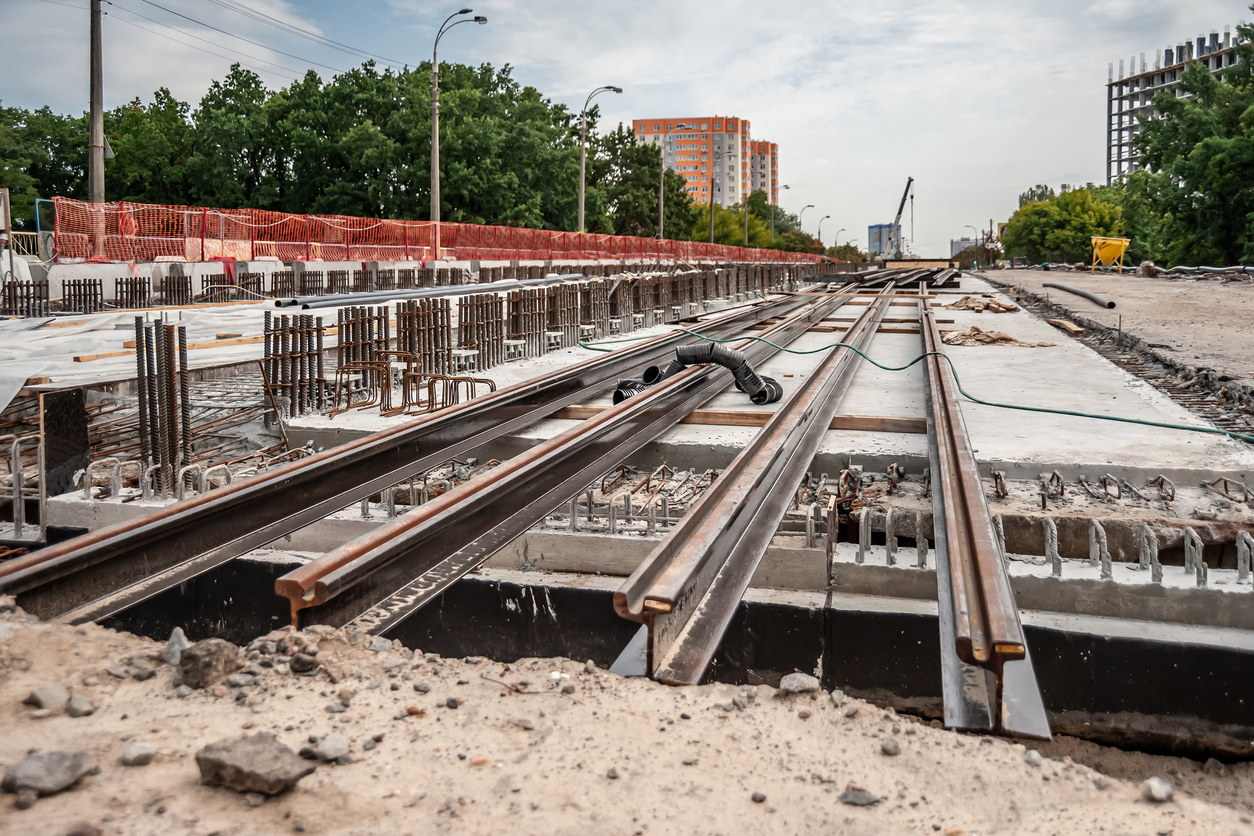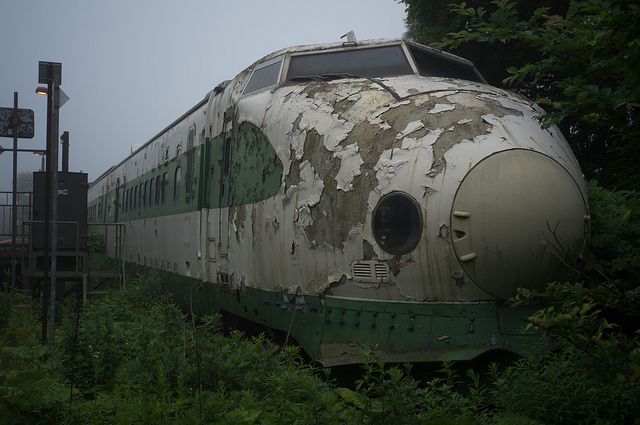WPC's Recommendations on the State's 2012 Transportation Tax Package, Part V
This is the final part of a five-part series of Legislative Memos that Washington Policy Center offers for lawmakers to consider before preparing a statewide transportation tax increase in 2012. The five recommendations are:
- Taxes and fees paid by drivers should not subsidize other modes of transportation.
- Do not create a state-level tax or fee to fund local transit agencies — public transit is not underfunded
- Stop diverting existing transportation taxes and fees to pay for non-highway purposes.
- Expand capacity, fix chokepoints and do not restrict new resources to just maintaining the existing system.
- Reduce unnatural cost drivers that make transportation projects more expensive.
Part V: Reduce unnatural cost drivers that make transportation projects more expensive
One of the more significant obstacles to building transportation infrastructure in Washington is the ever-rising costs of projects.
As state transportation leaders discuss the possibility of seeking higher transportation revenues, there is another side to the funding equation that lawmakers must address before they obligate drivers to higher taxes and fees.
In the broadest sense, there are generally two drivers of costs in transportation projects: natural and artificial. Natural cost drivers occur as a result of normal economics. They include inflation, material expenses and higher costs for new technologies.
Artificial costs are from policies created by government officials that inflate expenses on public works projects. These policies are implemented for reasons that are unrelated to actually building a project. These unnatural cost drivers include:
- Prevailing wage rules
- Imposing state sales taxes on state projects
- Inefficient permitting, environmental compliance
- Requiring expensive mass transit improvements on highway projects
For example, the existing Washington State Route 520 Evergreen Point Floating Bridge spans Lake Washington and connects the cities of Seattle and Bellevue. It was built in 1963 and had a price tag of about $245 million in today’s dollars. The price of the proposed replacement will be about 19 times higher. Granted, the project scope of the current replacement is much larger, but officials have already spent more money ($400 million) on planning and design than the total cost of building the first bridge, once adjusted for inflation.
On August 1, 2007, the Interstate 35 bridge in Minneapolis collapsed, tragically killing 13 people and injuring 145 others. Investigators concluded the bridge failed from a design flaw. Within hours of the collapse, Minneapolis officials pledged to rebuild the bridge.
Remarkably, a new, state of the art, ten-lane bridge opened on September 18, 2008, just 414 days after the old one fell. The new bridge cost under $300 million. Officials were able to rebuild the I-35 Bridge so quickly and cheaply because they controlled risk.
Funding was secured up front. Permitting and environmental reviews were streamlined. Officials used a design-build public-private partnership, which allowed design and construction to occur simultaneously. Instead of bogging down in a debate on adding expensive light rail, which transit supporters strongly lobbied for, officials included two additional general purpose lanes and suggested they could be replaced by a High Capacity Transit system at some point in the future. This allowed the project to move forward without costly delays. Officials also created up to $27 million in financial incentives if the contractor completed the project early, and they imposed penalties for delays.
Fortunately, Washington transportation officials use some of these same techniques here, but they face structural policies put in place by both federal and state lawmakers that artificially drive costs higher, however well-intentioned they may be.
Studies show that imposing federal prevailing wage rules on transportation projects unnecessarily increases labor costs by 22% and boosts total project costs by about 10%.
Washington State Department of Transportation (WSDOT) officials are required to pay state sales taxes on state transportation projects. This means valuable transportation revenue (paid by drivers) is drawn out of the transportation budget and deposited into the state’s general fund, and then used to pay for non-highway projects like social services, education and general government. WSDOT officials estimate that project delivery costs could be reduced up to 8.5% if their projects were exempt from state sales taxes. The Office of Financial Management estimates WSDOT paid $62 million in state sales taxes in 2010 on its capital construction projects.
The Federal Highway Administration (FHWA) estimates a typical Environmental Impact Statement took an average of 2.5 years to complete in the 1970s. Today it takes 6.5 years. And according to the FHWA, complex highway projects now take an average of 13 years to complete. Only a fraction of that time is spent on construction.
Then there is the business of requiring expensive mass transit on highway projects. One of the most significant cost contributors of the Columbia River bridge project in Vancouver is the addition of light rail. Building light rail across the Columbia River would cost about $1 billion, which represents 30% of the project’s total costs, not to mention the millions in additional annual operating expenses that will burden local taxpayers indefinitely. Yet light rail would only serve somewhere between 3 and 9% of all trips that cross the bridge.
Deliberately increasing costs by 30% to serve less than 10% of people who cross the bridge, most of whom are already served by inexpensive buses, creates unnecessary costs, adds risk and establishes a very large gap between public costs and public benefits.
Instead of a system based on politics and process, lawmakers need a system focused on project delivery, results and performance, one that leverages public funds by using all financial tools available and limits unnecessary cost drivers.
If lawmakers want to rebuild trust with taxpayers and pass a comprehensive transportation funding package, they should tackle the cost side of public works projects before raising fees and taxes.
Michael Ennis is the transportation director at Washington Policy Center, a non-partisan independent policy research organization in Washington state. Nothing here should be construed as an attempt to aid or hinder the passage of any legislation before any legislative body. For more information, visit washingtonpolicy.org.
Download a PDF of this Legislative Memo here.





